Florida, renowned for its sunshine and picturesque beaches, is no stranger to the fury of hurricanes. Over the years, the state has faced numerous powerful storms. In this article, we will delve into the devastating impact of these formidable forces of nature, examining their characteristics, aftermath, and the lessons learned from their passage.
The 1935 Labor Day Hurricane
The year 1935 witnessed one of the most catastrophic hurricanes to ever strike the United States: the Labor Day Hurricane. This tempestuous force of nature left an indelible mark on Florida.
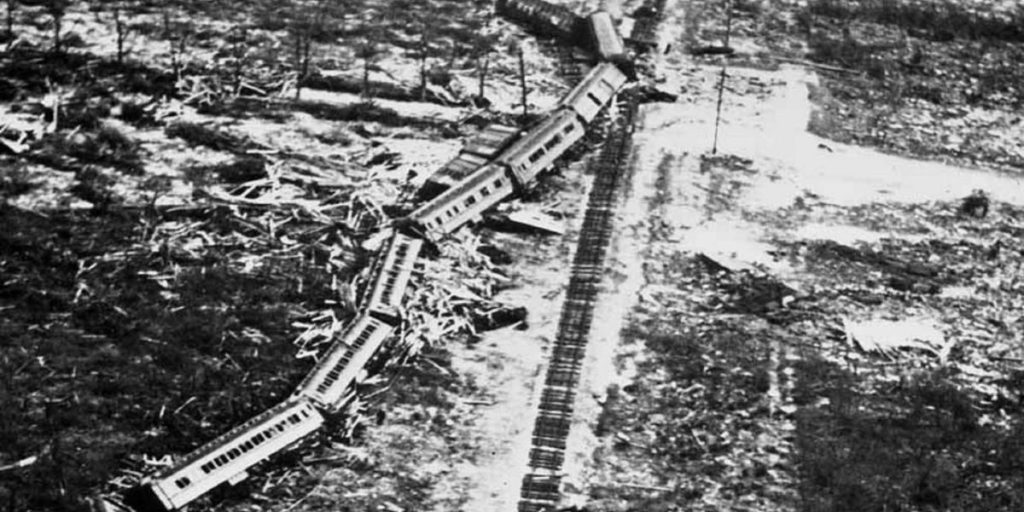
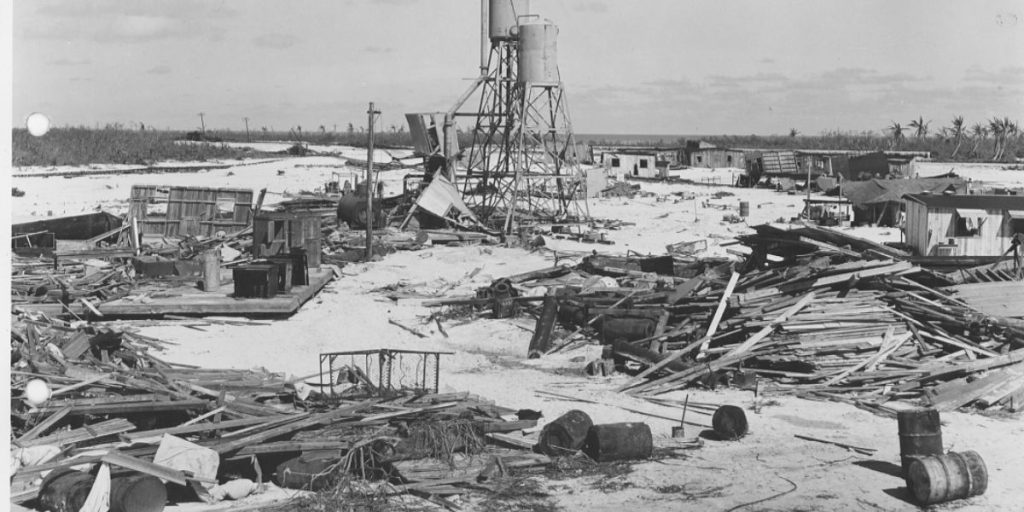
With a ferocious intensity, it tore through the Florida Keys, its eye crossing over the islands with a barometric pressure of 892 millibars (equivalent to 26.35 inches of mercury). The winds howled at an astonishing 180 miles per hour, leaving devastation in their wake. The Labor Day Hurricane remains etched in history as the strongest hurricane to make landfall in the U.S.
Hurricane Michael (2018)
In 2018, Hurricane Michael unleashed its fury upon the Florida Panhandle. With maximum sustained winds reaching 150 miles per hour, it became the strongest hurricane to hit Florida since the infamous Labor Day Hurricane of 1935.
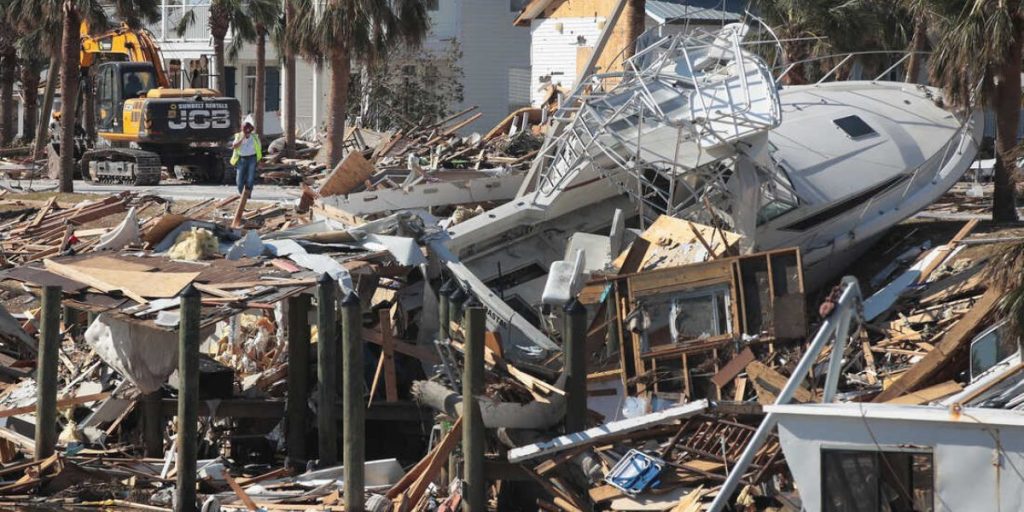
The Panhandle bore the brunt of Michael’s wrath, as communities grappled with widespread destruction. Homes were obliterated, trees uprooted, and lives forever altered. Michael serves as a stark reminder of Florida’s vulnerability to these natural juggernauts.
Hurricane Ian (2022)
More recently, in 2022, Hurricane Ian made landfall near Cayo Costa, Florida. Its winds roared at 150 miles per hour, making it the most potent hurricane to strike the state since Hurricane Michael in 2018. Ian’s impact was far-reaching, with storm surges inundating coastal areas and fierce winds tearing apart structures.
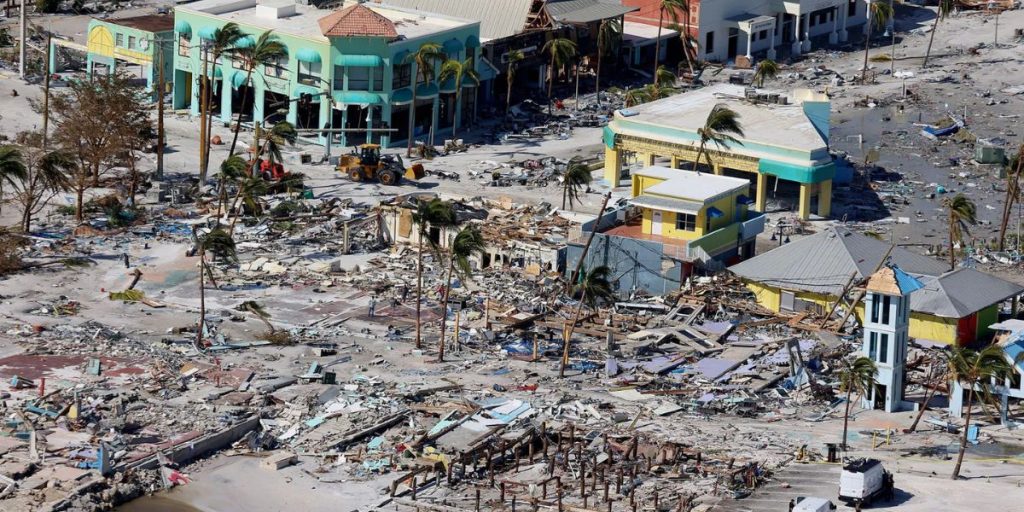
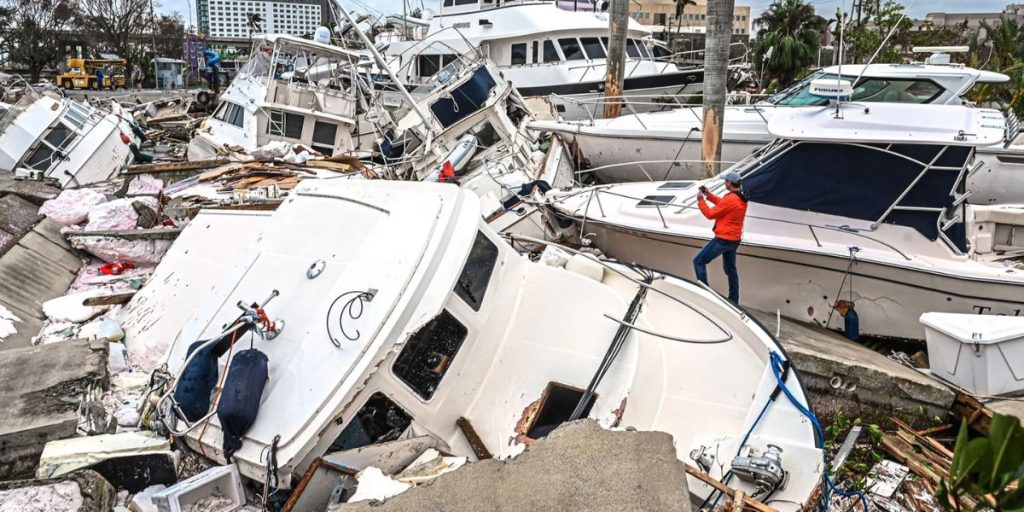
Emergency responders and communities rallied together to mitigate the damage, but the scars remain. Ian’s legacy underscores the need for preparedness and resilience in the face of such formidable storms.
Hurricane Andrew (1992)
The year 1992 witnessed the wrath of Hurricane Andrew. This Category 5 hurricane descended upon southern Florida, leaving a trail of devastation in its wake. Miami-Dade County bore the brunt of Andrew’s fury, with neighborhoods reduced to rubble.
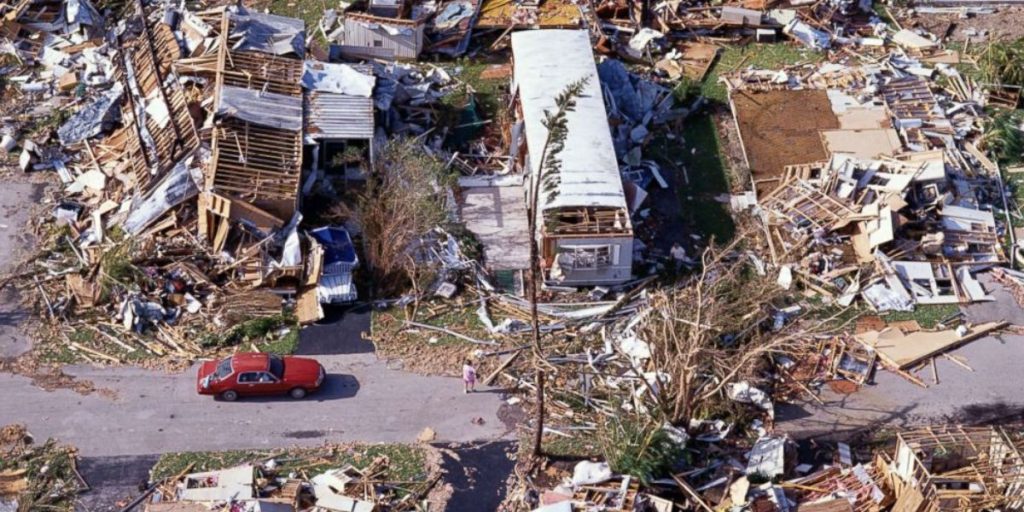
The aftermath prompted significant changes in building codes and disaster response protocols. Andrew’s impact reverberates through Florida’s collective memory, a testament to the power of nature.
1928 Okeechobee Hurricane
The 1928 Okeechobee Hurricane, also known as the San Felipe Segundo Hurricane, ranks among the deadliest hurricanes in Florida’s history. It struck the region around Lake Okeechobee, unleashing torrential rains and causing catastrophic flooding.
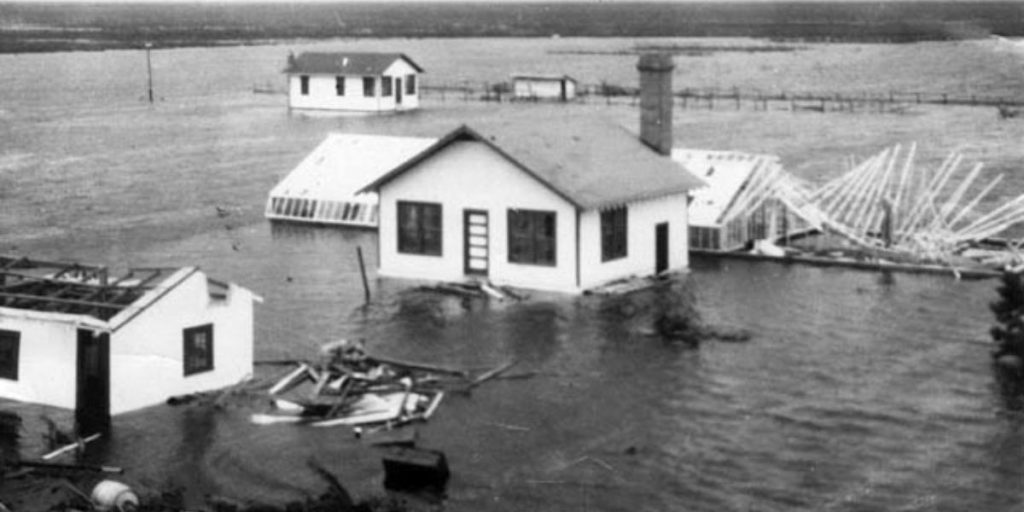
The death toll exceeded 2,500, making it one of the deadliest natural disasters in U.S. history. The tragedy spurred efforts to improve flood control infrastructure and disaster preparedness in Florida.
| Hurricane | Intensity | Landfall Year | Maximum Sustained Winds (mph) | Direct Deaths (U.S.) | Estimated Damage (U.S.) |
| 1935 Labor Day | Category 5 | 1935 | 180 | 4081 | N/A |
| Hurricane Michael | Category 5 | 2018 | 150 | 741 | $25 billion |
| Hurricane Ian | Category 4 | 2022 | 150 (official landfall) | 0 (direct deaths) | N/A |
| Hurricane Andrew | Category 5 | 1992 | 165 | 231 | $26 billion |
| 1928 Okeechobee | Category 4 | 1928 | N/A | 25,001 | N/A |
| Hurricane Charley | Category 4 | 2004 | N/A | 351 | $16.8 billion |
| Hurricane Wilma | Category 3 | 2005 | 120 | 221 | $16.8 billion |
Measures to be taken when hurricanes hit
Staying Informed: Information is crucial during hurricanes. Monitor weather updates from reliable sources like the NHC and local meteorological authorities. Watch news outlets for updates on the storm’s direction, intensity, and effects.
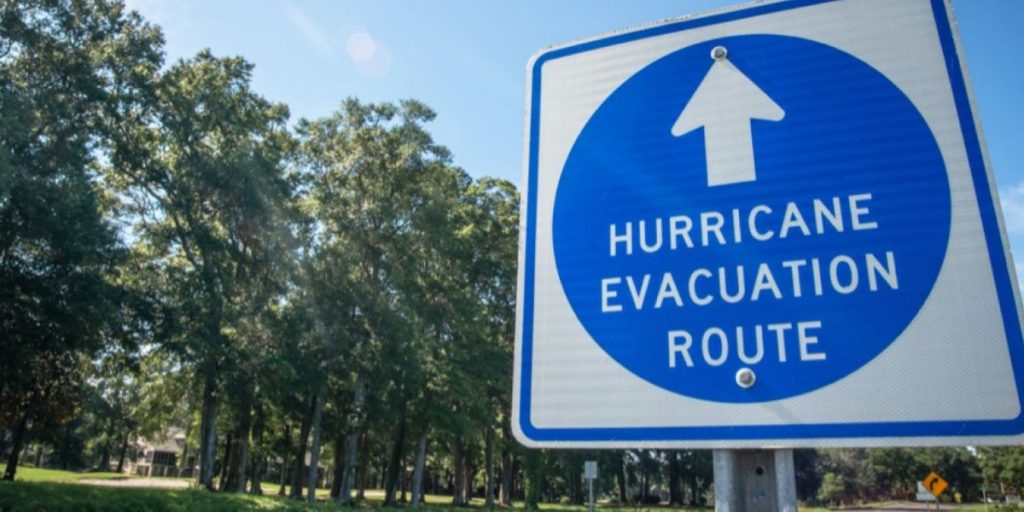
Emergency Kit Creation: A crucial step in hurricane preparedness. This package should contain non-perishable food, water, prescriptions, a first aid kit, flashlights, batteries, crucial documents, cash, and clothing. Consider the needs of vulnerable family members including infants and the elderly while making your emergency kit.
Protecting Your Home: Protecting your home from hurricanes is crucial. Protect doors and windows from severe winds with storm shutters or plywood. Trim trees and clean gutters and drains to reduce storm threats. Your yard is less vulnerable to projectiles from severe winds if you remove loose things.
Create an Evacuation Plan: Vulnerable residents require a comprehensive evacuation plan. Learn local evacuation routes and set up a family meeting spot. Plan transportation in preparation for evacuation. Follow local authorities’ instructions, including evacuation orders.
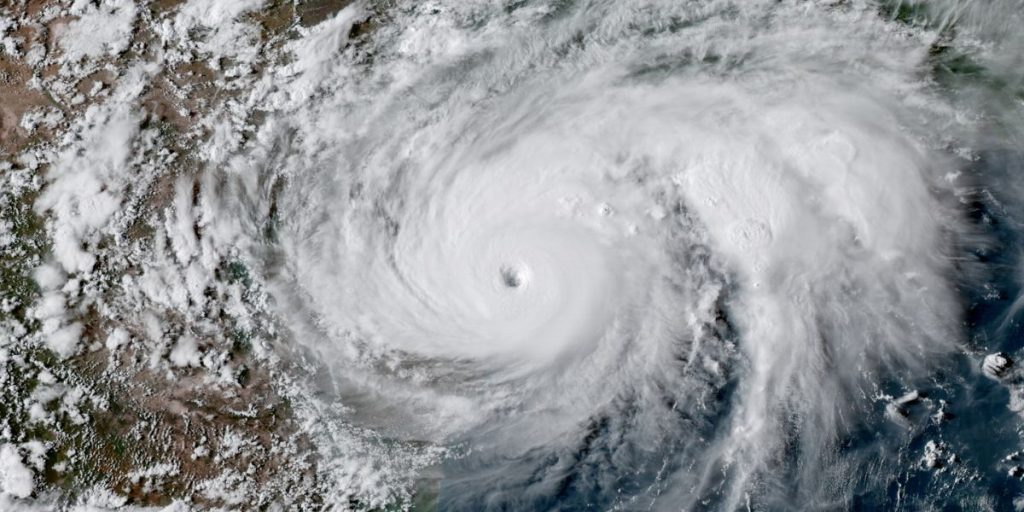
Protecting vital Documents: It is crucial to safeguard vital documents during hurricane preparation. Keep financial, medical, insurance, and identity documents in a waterproof container or digital format. To assure availability after the storm, store copies off-site securely.
Create a Communication Plan: Connecting with loved ones during a hurricane requires a communication plan. Assign an out-of-town contact and charge everyone’s phone. Consider buying a backup power source to maintain communication during power outages.
Florida’s hurricane history is a tapestry woven with stories of resilience, loss, and recovery. As we reflect on these monumental events, let us remain vigilant, prepared, and compassionate toward those affected by these powerful forces of nature.